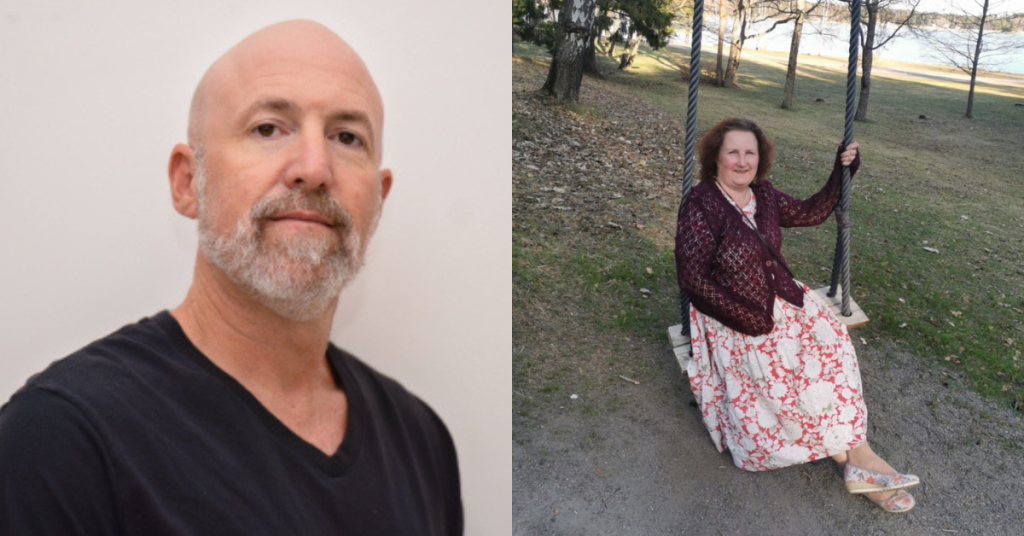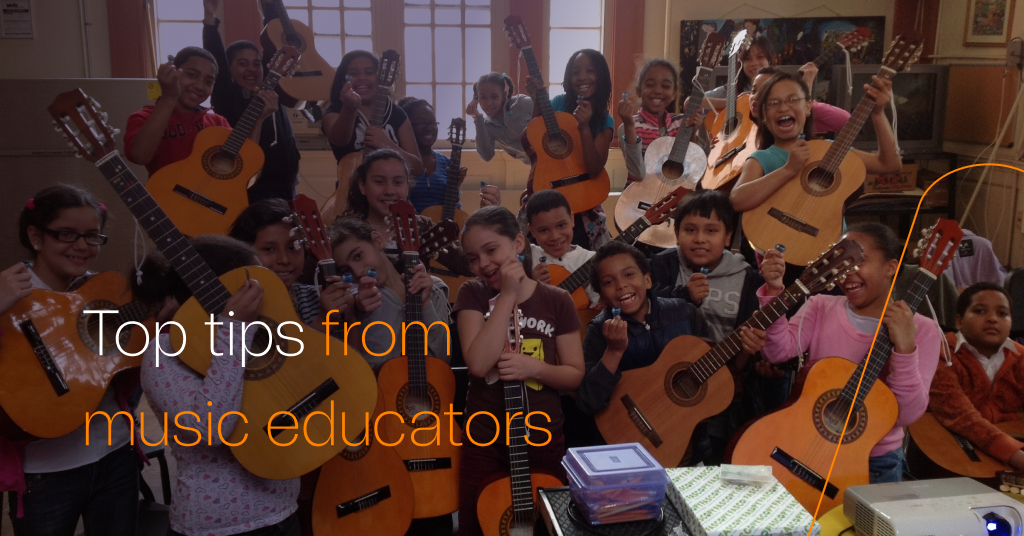Musopia’s mission is to help every aspiring musician find their music path and make it easy and enjoyable to learn to play an instrument. In this article, we want to give every music educator rock-solid tips to encourage their students (no matter what age) to learn to play. We sat down with two professional music educators and let them give us their best advice.
When asked why someone wants to play an instrument, the answer is usually that it is fun. Someone might tell you they play and practice to become a professional musician someday. While playing for fun and even bigger ambitions is all well and good, it is commonly acknowledged that playing an instrument also has numerous health benefits for you, both mentally and physically.
Shortly put, playing an instrument is such a beneficial pastime and skill that everyone who is even mildly interested should be encouraged to grab a guitar (or any instrument, for that matter) and start their music journey.
People start playing for very different reasons. Perhaps someone has a dream to play in a band with their friends, another wants to impress a girl with their musical skills, and someone wants to learn tunes that they can jam by the campfire.
Everyone benefits from playing an instrument and should have an equal chance to do so.
While the motivations for learning an instrument may vary, it must also be acknowledged that the learning methods differ equally. Some people need a teacher they can meet every week in a classroom, some prefer 1-to-1 teaching, while others might be most comfortable learning by themselves while watching videos on YouTube. Then there are those who have found inspiration and help by using an app like the ones created by Musopia.
While motivations and learning methods vary between individuals, it comes down to this: Everyone benefits from playing an instrument and should have an equal chance to do so. Furthermore, some universal tips apply to basically everyone in their learning process.
Earlier, we sat down with Erja Askolin, K-12 music teacher at the Albert Edelfelt School in Southern Finland, and Scott Burstein, Director of Teaching and Learning at Music Will in the US. As experienced and rock-solid professionals in teaching music, they have noticed some universal methods and tips that should be acknowledged by everyone teaching music.
Because their views and expertise should get as broad an audience as possible, we wanted to put together the top tips both professionals gave.

Erja’s Top Tips
- The students learn better when they enjoy the learning process and are excited. The fact that you get to make music and play instantly and experience success makes you interested to learn more. I want to highlight that learning is fun and easy, and you can play real songs from the beginning.
- If you have a musically inclined adult at home that encourages you to play, it lowers the threshold for taking up the hobby of playing an instrument.
- I want to encourage my students to try and experiment with instruments. I tell them about the possibilities of playing an instrument and where they can practice, and I inform them about the options of different music apps.
Scott’s Top Tips:
- Finding songs that students know and love is vital. We focus on student-driven music, finding ways to unlock their inner-music makers.
- It’s very beneficial that kids get to immerse themselves in music early on. Get kids involved with music as soon as they start having it touch their lives.
- Encourage the kids to make musical choices, let them participate and help them find success and grow their confidence.
Next to the tips above, both professionals also had a lot more to say. You can read the interviews with Erja and Scott in full length on Musopia’s homepage. Read Erja’s interview here, and see what Scott has to say here.
Follow Musopia on Linkedin for the latest news

